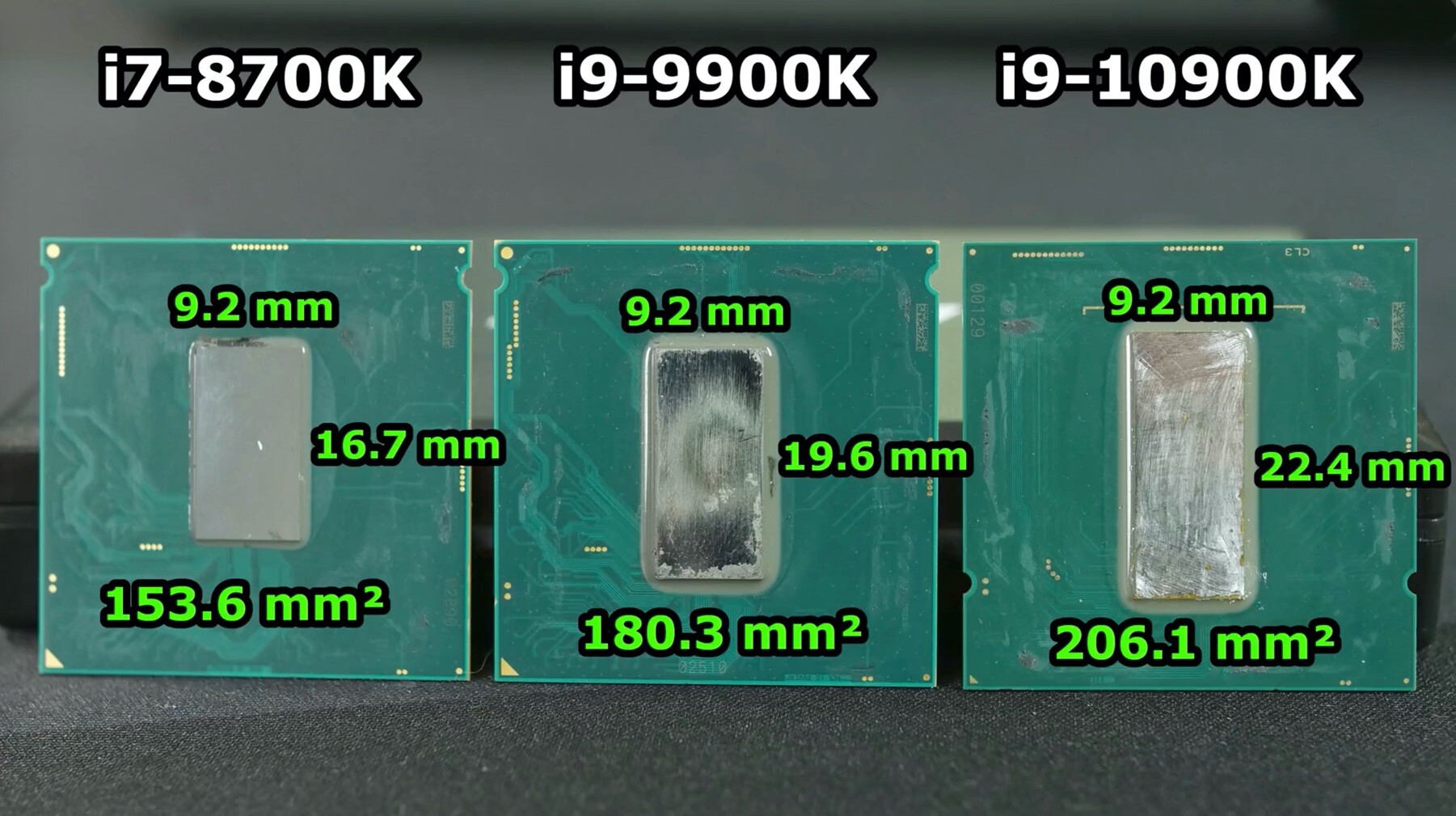- Joined
- Jul 13, 2016
- Messages
- 3,696 (1.14/day)
| Processor | Ryzen 9800X3D |
|---|---|
| Motherboard | ASRock X670E Taichi |
| Cooling | Noctua NH-D15 Chromax |
| Memory | 64GB DDR5 6000 CL26 |
| Video Card(s) | MSI RTX 4090 Trio |
| Storage | P5800X 1.6TB 4x 15.36TB Micron 9300 Pro 4x WD Black 8TB M.2 |
| Display(s) | Acer Predator XB3 27" 240 Hz |
| Case | Thermaltake Core X9 |
| Audio Device(s) | JDS Element IV, DCA Aeon II |
| Power Supply | Seasonic Prime Titanium 850w |
| Mouse | PMM P-305 |
| Keyboard | Wooting HE60 |
| VR HMD | Valve Index |
| Software | Win 10 |
AMD Drivers are still crap
My primary OS is Debian:
CPU = sometimes it cant boot, sometimes the OS crash if the SSD is on the Asmedia Chip
GPU = Vulcan dont work right, RX 5700 have a Hardwarebug with Audio via HDMI
There is only one reason to switch from Intel/Nvidia to AMD, u wanna pay a lot of cash to be a Beta tester.
I'm sure you know more than all the reviewers and millions of people who bought AMD Ryzen CPUs and had rock stable performance.
Can't say I've ever had problems with a CPU aside from a defective 4790K. CPU problems are incredibly rare, regardless of vendor.








